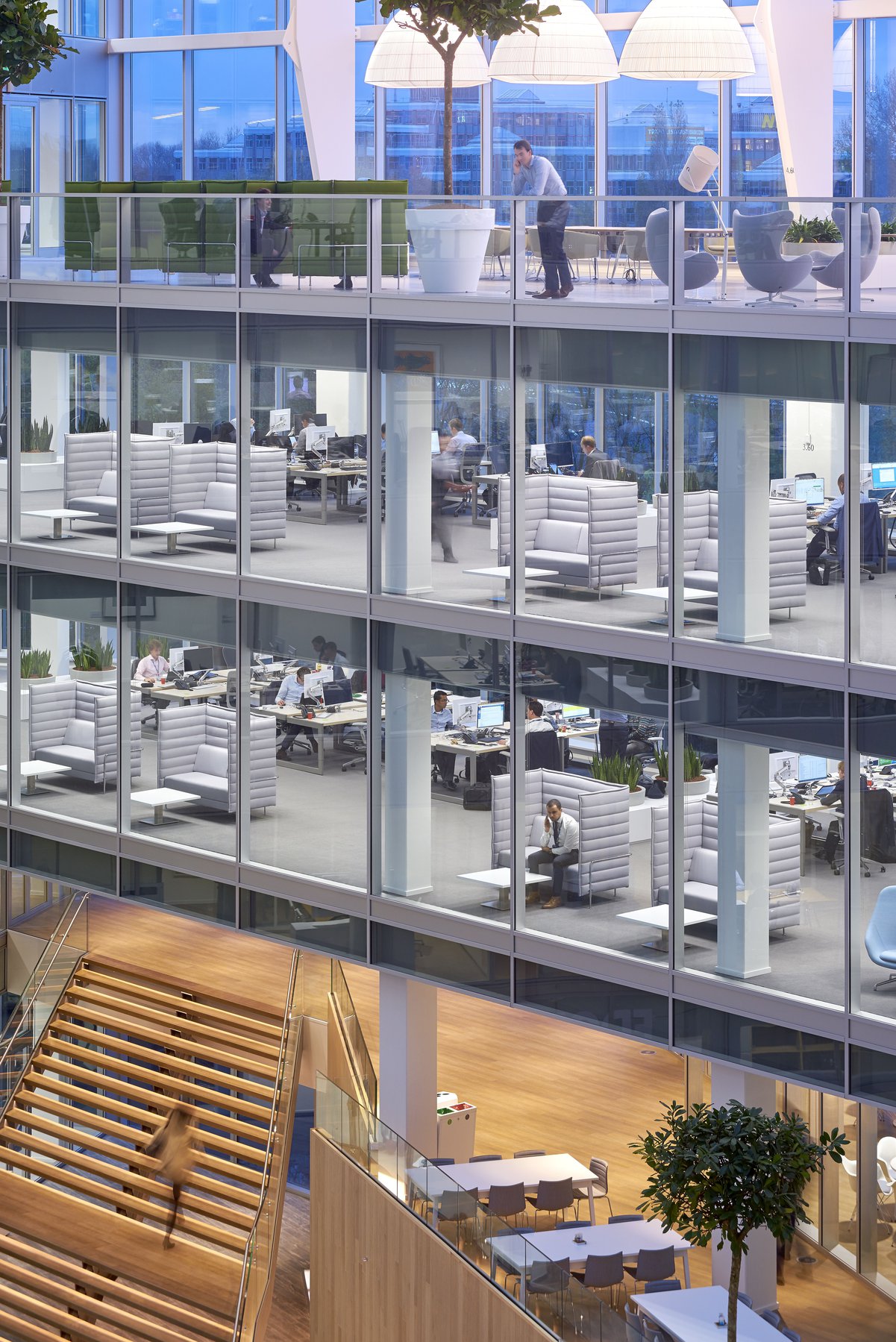- Home
- Articles
- Architectural Portfolio
- Architectral Presentation
- Inspirational Stories
- Architecture News
- Visualization
- BIM Industry
- Facade Design
- Parametric Design
- Career
- Landscape Architecture
- Construction
- Artificial Intelligence
- Sketching
- Design Softwares
- Diagrams
- Writing
- Architectural Tips
- Sustainability
- Courses
- Concept
- Technology
- History & Heritage
- Future of Architecture
- Guides & How-To
- Art & Culture
- Projects
- Interior Design
- Competitions
- Jobs
- Store
- Tools
- More
- Home
- Articles
- Architectural Portfolio
- Architectral Presentation
- Inspirational Stories
- Architecture News
- Visualization
- BIM Industry
- Facade Design
- Parametric Design
- Career
- Landscape Architecture
- Construction
- Artificial Intelligence
- Sketching
- Design Softwares
- Diagrams
- Writing
- Architectural Tips
- Sustainability
- Courses
- Concept
- Technology
- History & Heritage
- Future of Architecture
- Guides & How-To
- Art & Culture
- Projects
- Interior Design
- Competitions
- Jobs
- Store
- Tools
- More

From humble beginnings of voice-controlled lighting and heating, smart homes have evolved to become interconnected ecosystems that prioritize convenience, security, sustainability, and personalization. As technology advances, smart home systems are anticipated to integrate more deeply into our lives, promising an era of unprecedented home automation. Here, we explore current trends that are shaping the future of smart homes and interior design.
Present State of Smart Homes
- The market has seen a rising trend of devices seamlessly communicating with each other, from smart TVs and thermostats to security systems and even kitchen appliances. This integration allows for centralized control and more intelligent decision-making. For instance, if a smart home system detects no one is home, it might turn off unnecessary lights, adjust the thermostat to save energy, and enable the security system.
- Voice-activated AI assistants such as Amazon’s Alexa, Google’s Assistant, and Apple’s Siri have become a staple in many households. They control various functions around the house, such as adjusting light and temperature, playing music, and providing important reminders.
- Smart homes offer enhanced security features such as smart locks, security cameras with facial recognition, alarm systems that notify homeowners and local authorities, and even sensors that detect water leaks.
Bill Gates’ Home, Xanadu 2.0, in Medina, Washington, USA
Gates’ smart home, named after the fictional home of Citizen Kane, is a technologically groundbreaking residence. Every guest can wear a pin that interacts with sensors around the house, customizing the temperature, lighting, and even the art displayed on high-definition monitors to suit their preferences.

The Savant Experience Center, New York, USA
This isn’t a private residence, but it serves as a fantastic example of what’s possible in smart home technology. It offers a fully immersive smart home experience, showcasing seamless integration of lighting, climate, entertainment, and security systems controlled by a single platform.
The Edge, Amsterdam, The Netherlands
This smart building is not a home but an office building considered to be the greenest and most connected in the world. It uses a range of smart technologies, such as IoT-enabled lighting systems, a mobile app for personalizing workspaces, and numerous sensors to maximize energy efficiency and comfort.

Future Trends in Smart Homes
- While current AI assistants respond to commands, the future of AI in smart homes is predictive. Advanced AI will learn from homeowners’ habits, routines, and preferences to anticipate needs. For example, your home might start brewing coffee as soon as your alarm goes off, or it might automatically adjust the lighting and temperature for your home workout.
- IoE or Internet of Energy is an upgrade from the IoT (Internet of Things), where energy generation and usage will be managed in an efficient, decentralized, and interconnected manner. Homes could generate energy through solar panels, store unused energy in home-based batteries, and sell surplus energy back to the grid.
- As a part of inclusive design, smart homes will be developed to cater to people with various physical abilities and age groups. Enhanced voice commands, AI-assisted health monitoring, and adaptive lighting are just a few examples of how technology can create an accessible environment for all.

Interior Design Trends in Smart Homes
Minimalist Design
As smart home technology becomes more integrated, there’s a growing trend towards minimalism in interior design. People are opting for clutter-free spaces, where technology is seamlessly integrated into the home without becoming an eyesore. Hidden panels, integrated tech furniture, and touchless interfaces will gain popularity.
Biophilic Design
Biophilic design emphasizes a connection to nature as a core element of health and wellbeing. Future smart homes will incorporate this by optimizing natural light, managing indoor plants, and even monitoring and improving air quality.
Personalized Spaces
With AI’s ability to learn and adapt, interior design will become increasingly personalized. AI could change the lighting, sound, and temperature of a room to match the occupant’s mood or activity. It might also suggest interior design updates based on your personal style and preferences.
Sustainability
As environmental concerns gain importance, sustainability in interior design is becoming a key factor. This trend will likely be integrated into smart homes by using eco-friendly materials and smart technology to reduce energy usage.
In conclusion, the future of smart homes is exciting and boundless, intertwined with emerging technologies and interior design trends. While there is a certain degree of speculation involved, one thing is clear – the smart homes of the future will bring about an unprecedented level of comfort, efficiency, personalization, and inclusivity that will redefine our way of living.

Submit your architectural projects
Follow these steps for submission your project. Submission FormLatest Posts
Using Textured Concrete to Achieve Wood Aesthetics in Architectural Hardscaping
In contemporary landscape and architectural design, material expression plays a crucial role...
Pedestrian Accidents Without a Crosswalk: Can You Still Recover Compensation?
Getting hit while crossing outside a crosswalk can feel like an instant...
8 Examples of Successful Disaster Resilient Architecture
As climate risks increase, architects around the world are creating innovative structures...
Preventing Cyber Threats in Smart Buildings by Design
The trend of integrating IoT technologies into buildings isn’t going away. More...












Leave a comment